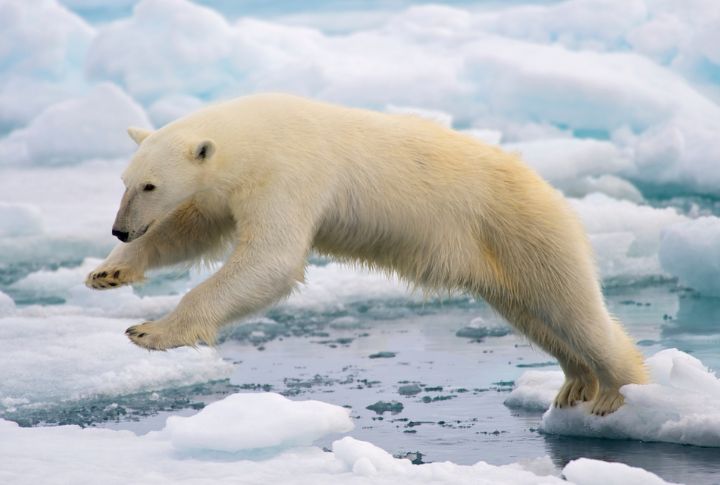
Not all bears just lumber through the forest looking for berries. Some are lightning-fast, others have a mean streak that makes them even more dangerous. If one of these powerhouse predators crosses your path, you might not get a second chance to run.
Polar Bear
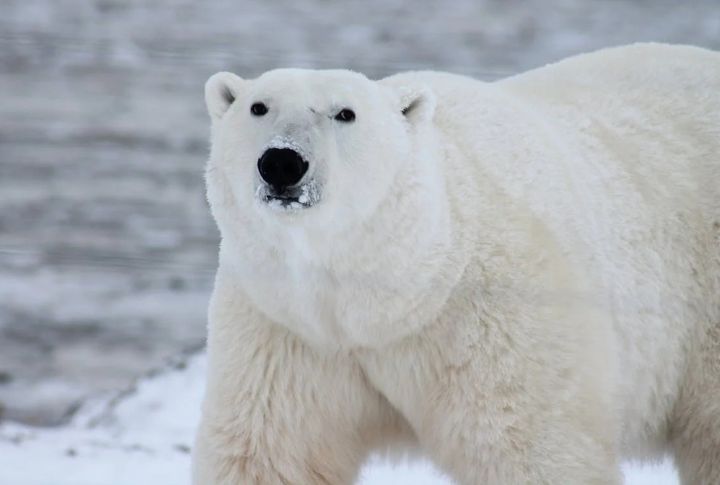
Lurking in the Arctic, polar bears reign as the largest land carnivores. With an acute sense of smell, they detect prey miles away. Unlike other bears, they are pure hunters at heart. Their massive paws deliver fatal blows, which makes encounters on their icy land a nightmare.
Grizzly Bear
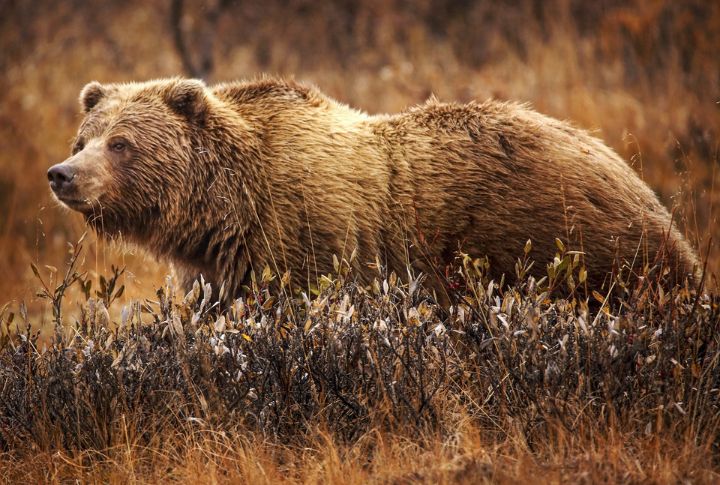
The grizzly bear towers at almost 8 feet when upright and can sprint at 35 mph. Their aggressive nature is highly unpredictable, and if you startle one in the wild, it will often lead to an attack. Once engaged, they show little hesitation in following through.
Kodiak Bear
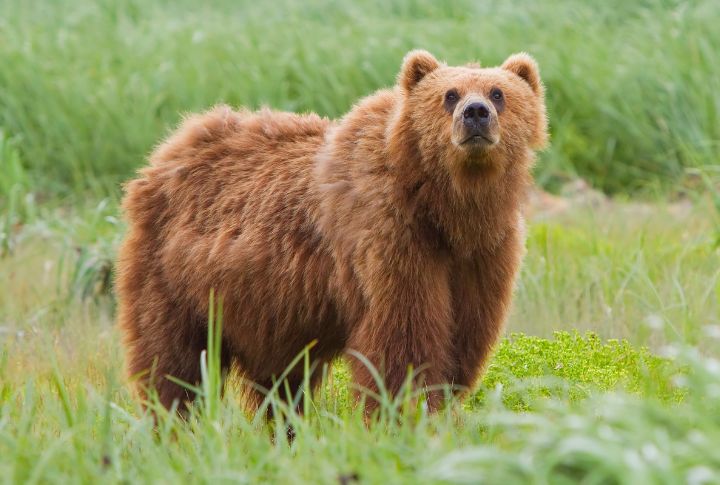
At over 1,500 pounds, Kodiak bears are native to Alaska’s Kodiak Archipelago, where they command their environment with raw power. While they are not naturally hostile, their territorial nature and immense strength make close encounters extremely risky. So, avoiding them is the safest choice.
Eurasian Brown Bear

Never startle one. These bears are still a force to be reckoned with in the wild. Their strength was legendary in medieval times, and their powerful build and razor-sharp claws made them capable of taking down most threats. Found throughout Europe and Asia, they have a fearsome reputation.
American Black Bear
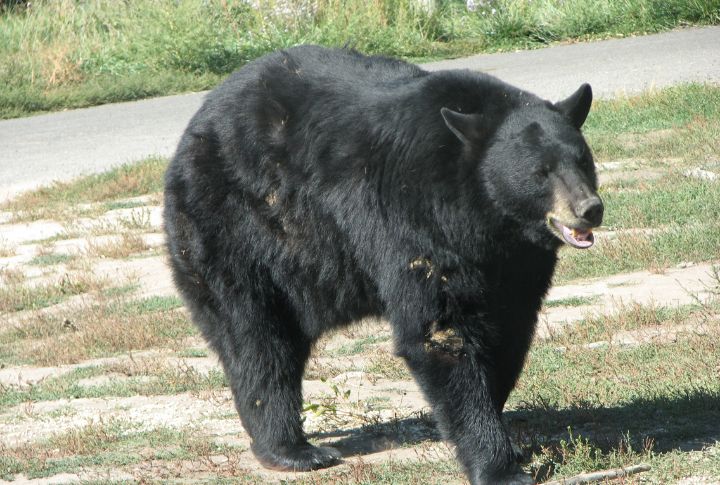
How dangerous can a smaller bear be? Black bears may not be the largest, but they will attack if their cubs or food sources are threatened. They also often wander into human areas in search of easy meals. Though generally timid, their sharp bite and climbing skills make them unpredictable.
Asiatic Black Bear
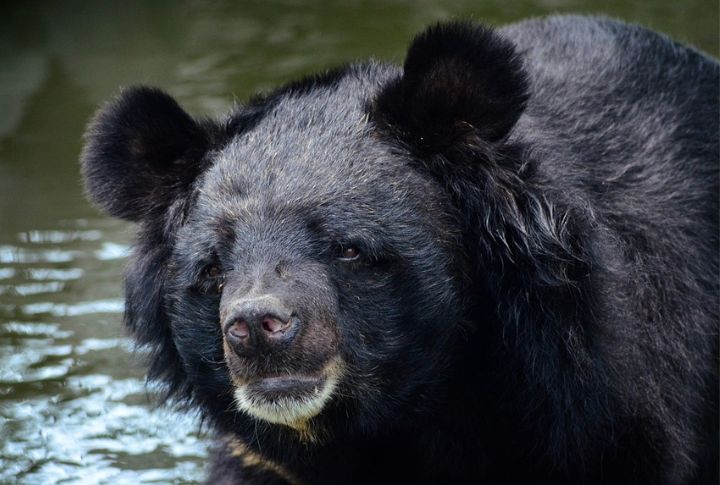
Also called moon bears, Asiatic black bears are notorious for their erratic behavior. Once provoked, their long claws and aggressive demeanor are not to be taken lightly. Living in dense Asian forests, they frequently clash with humans and have been observed standing their ground against threats.
Sloth Bear
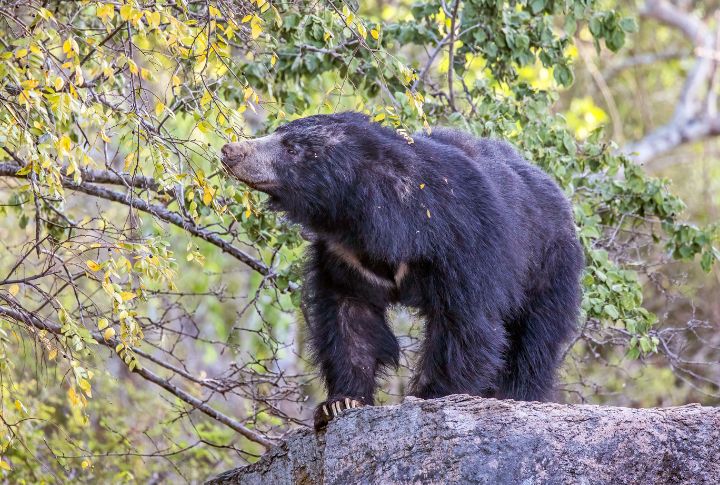
Across India and Sri Lanka, these bears lash out unexpectedly and attack people or other animals fatally. Their poor eyesight makes them easily startled, and their claws turn encounters deadly. They are insectivores, so as long as you don’t breach their territory, you’ll be fine.
Himalayan Brown Bear

What makes some bears more dangerous than others? Those thriving in extreme altitudes are both elusive and fiercely territorial. Entering their habitat requires awareness and deep respect. Though they occasionally scavenge near villages, Himalayan brown bears don’t hesitate to charge if provoked.
Sun Bear
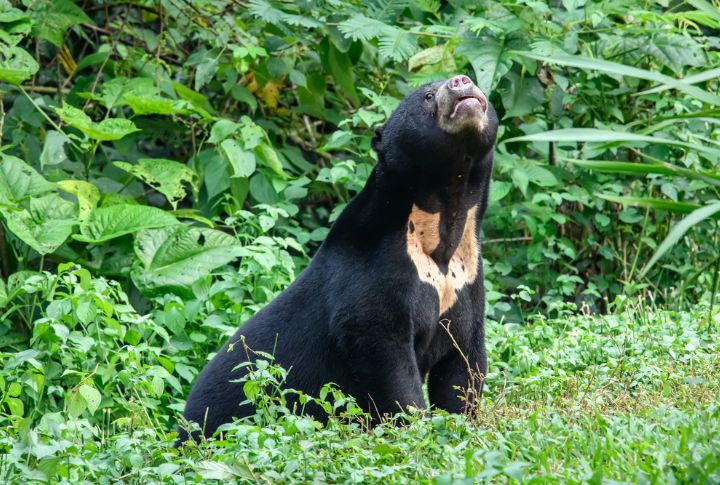
Small but fierce, sun bears have sharp claws and powerful jaws. Native to Southeast Asia, they react aggressively when startled. Unlike their larger relatives, they lack a thick layer of fat, which makes them highly agile. Their unexpected attacks prove that size doesn’t always dictate danger.
Spectacled Bear
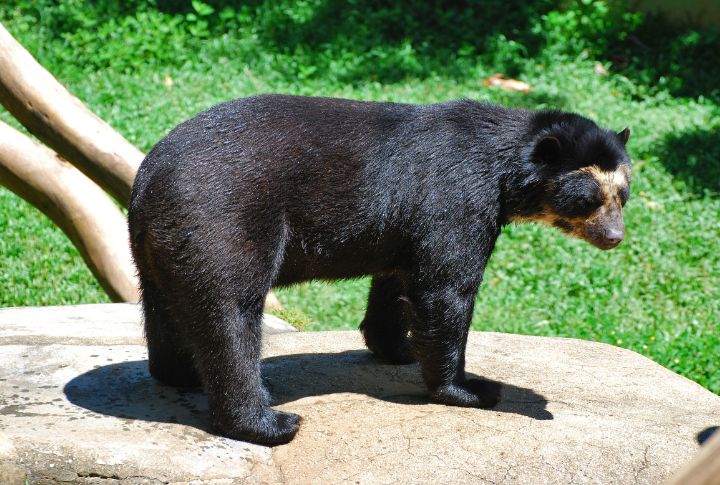
These bears found in South America generally avoid conflict but defend themselves viciously. Despite their smaller stature, they climb trees effortlessly to evade predators. Yet, if backed into a corner, their powerful limbs and sharp teeth ensure they leave a lasting impression—often an unfortunate one.

